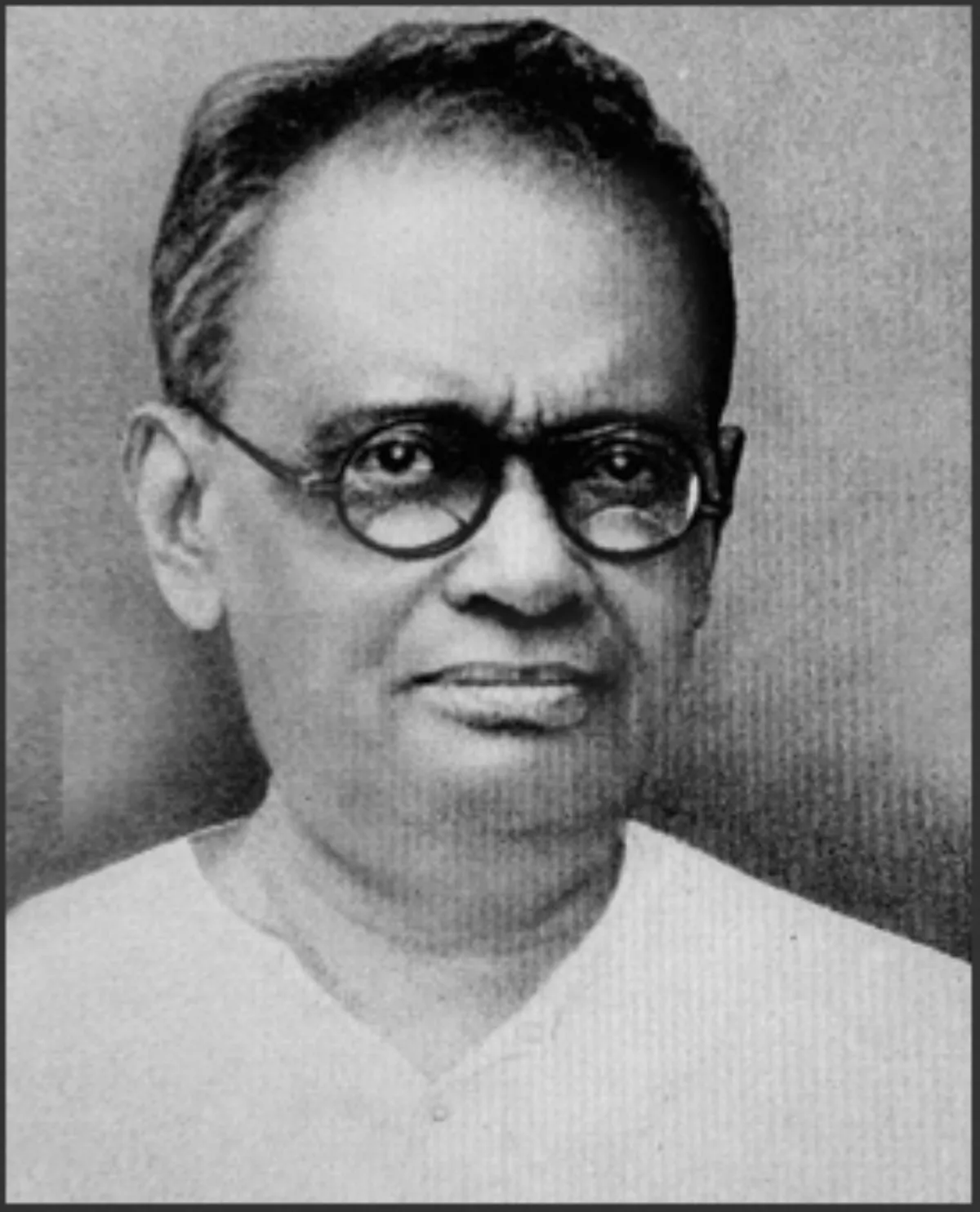 1.
1. Ramaprasad Chanda was an Indian anthropologist, historian and archaeologist from Bengal.

 1.
1. Ramaprasad Chanda was an Indian anthropologist, historian and archaeologist from Bengal.
Ramaprasad Chanda was the first head of the Department of Anthropology at the University of Calcutta from 1920- 1921.
Ramaprasad Chanda was a professional archaeologist and worked in the Archaeological Survey of India.
Ramaprasad Chanda represented India in the first International Congress of Anthropology held in London in 1934.
Ramaprasad Chanda had done original research on the somatic characters of Indian populations by using ancient Indian literature and challenged Herbert Hope Risley's theory of Indian races.
Ramaprasad Chanda was born on August 15,1873, in present-day Bangladesh.
Ramaprasad Chanda gained recognition for challenging Herbert Risley's controversial theory on the origin of Bengalis in the early 1900s.
Ramaprasad Chanda conducted anthropometric measurements and studied ancient texts to present an alternate thesis supporting a stronger Aryan lineage among Indians.
Ramaprasad Chanda collaborated with Sarat Kumar Ray and Akshay Kumar Maitreya on archaeological expeditions in 1910, leading to the establishment of the Varendra Research Society and its museum.
Ramaprasad Chanda published Gaudarajamala in 1912, the first scientific history of Bengal based on epigraphic evidence.
Ramaprasad Chanda's work attracted the attention of John Marshall, Director General of the Archeological Survey of India, leading to a two-year assignment with the Archaeological Survey of India in 1917.
Ramaprasad Chanda conducted research, exploration, and excavation across India during his ASI tenure.
In 1919, Ramaprasad Chanda joined the University of Calcutta as a Lecturer in Ancient Indian History and later became the head of the newly established Department of Anthropology.
Ramaprasad Chanda's research suggested that philosophical religions in India, including Upanishads, Buddhism, and Jainism, predate the Aryan influence and are rooted in the Indus Valley.
Ramaprasad Chanda's work focused on the collection and analysis of objective data, such as inscriptions, in order to construct a scientific' history of the region.
Ramaprasad Chanda emphasized the importance of archaeology as a specialized discipline and promoted the need for Western methods and techniques in systematic and scientific work.
Ramaprasad Chanda's Gaudarajamala is considered to be the first scientific history of the region, and he carefully omitted classical legends and mythical characters whose presence could not be proven by hard evidence.
Ramaprasad Chanda expounded in his thesis by stating that, since India had different religious traditions, that were more contemplative, and reflecting peaceful calmness through the practice of dhyana Yoga.
Ramaprasad Chanda organized one of the first Indus exhibitions in the Indian Museum in Kolkata in 1924.
Ramaprasad Chanda gained firsthand knowledge of the various relics that were classified and exhibited.
Ramaprasad Chanda was singularly struck by a head of the male statue from Mohenjo-Daro with half-closed eyes concentrated on the tip of the nose.
Ramaprasad Chanda concluded that it was portrayed in an attitude of yoga.
Ramaprasad Chanda published two monographs of his research on the Indus Valley Civilization.
Ramaprasad Chanda mentioned that the depiction of the attitude of yoga in Indus seals was not accidental.
Ramaprasad Chanda detected signs of the practice of proto-Buddhism and Jainism in the antiquity.
Ramaprasad Chanda described the sculpture as a seated image of Prajnaparamita with a gentle smile, which had been unearthed a few years prior and was worshipped by villagers as their village deity.
In 1934 Ramaprasad Chanda embarked on a project to collect and investigate original documents bearing on the life of Raja Ram Mohan Roy, a Bengali social and religious reformer, often called the Father of the Indian Renaissance.
In January 1934, Ramaprasad Chanda attended the 21st Indian Science Congress, held in Bombay, as president of Anthropological Section.
Ramaprasad Chanda's address explored the concept of Sramanism, which revolves around the doctrine of renunciation and is associated with the mendicant and ascetic orders.
Ramaprasad Chanda traced the origins of Sramanism back to pre-Vedic, pre-Aryan peoples and their practitioners of magic, suggesting that the practice of asceticism can be linked to the initiatory period of seclusion and abstinence observed by shamans.
Ramaprasad Chanda's work emphasized the names of goddesses to establish India's place in a broader group of societies.
Ramaprasad Chanda opposed Risley's theory of the mongolo-dravidian origin of the Bengalis.
Ramaprasad Chanda proposed that the Bengalis were derived from the homo alpinus type, a brachycephalic population with Aryan or Indo-European speech in the prehistoric period.
Ramaprasad Chanda suggested that these Indo-Aryans migrated into the lower Gangetic plain from the middle portion of the Gangetic plain, which was occupied by the Vedic Aryans.
Furthermore, Ramaprasad Chanda's address highlighted the significant role played by the Durga-Kali cult in Bengal, noting that it has traditionally held sway over the renunciation practices of Sramanism.
Ramaprasad Chanda acknowledged that ancient Indian history was intertwined with religious and socioeconomic concerns, often embellished with imaginary events.
Ramaprasad Chanda adopted Lord Acton's view that the purpose of history is to critically investigate and discern truth from falsehood.
Ramaprasad Chanda published various monographs expounding his thesis about the practice of dhyana yoga in the pre-history, but he acknowledged that the archaeological evidence was lacking to support his hypothesis.
Ramaprasad Chanda initially proposed the Aryan invasion theory to explain the decline of the Indus civilization.